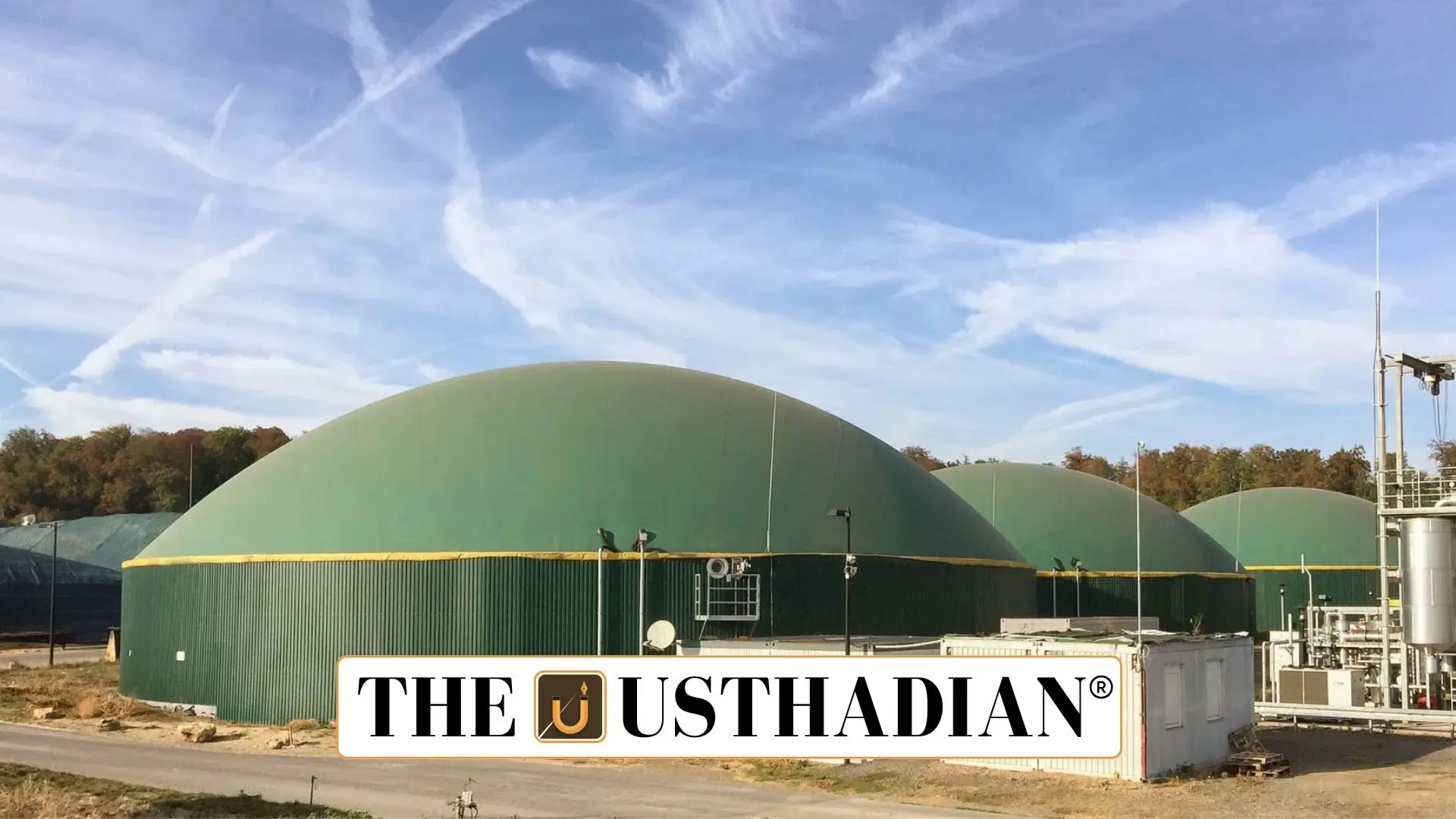Cyprus visit after 23 years
Prime Minister visits Cyprus as MNRE revises Bioenergy Guidelines: The Prime Minister of India visited Cyprus after a gap of 23 years, marking a significant step in India’s diplomatic outreach to the Mediterranean region. The visit aimed to boost cooperation in trade, investment, and clean energy.
India and Cyprus share a historical friendship rooted in Non-Aligned Movement values and mutual support in international forums.
Static GK fact: Cyprus is a member of the European Union but not part of the Schengen Area.
MNRE revises National Bioenergy Programme
The Ministry of New and Renewable Energy (MNRE) has released revised guidelines for the National Bioenergy Programme. This initiative promotes clean energy by converting organic waste and biomass into useful forms of power.
Launched in 2022, the programme operates in two phases with a total budget of ₹1715 crore under Phase-1 (2021-22 to 2025-26).
Static GK Tip: The MNRE is responsible for all matters relating to renewable energy in India, including solar, wind, biomass, and small hydro.
Objectives of the programme
The core aim is to convert surplus biomass, especially from rural India, into electricity, thereby offering additional income to rural households and reducing dependence on fossil fuels.
Central Financial Assistance (CFA) is offered to project developers. Special categories such as the North East Region, hilly states, and SC/ST beneficiaries receive 20% additional support.
Components of the programme
There are three main sub-programmes:
- Waste to Energy Programme: Supports projects generating biogas, Bio-CNG, power, or syngas from urban, industrial, or agricultural waste.
- Biomass Programme: Focuses on biomass briquette/pellet plants and non-bagasse based cogeneration.
- Biogas Programme: Encourages household biogas plants for clean cooking, small power needs, sanitation, and women empowerment.
Static GK Tip: Biogas consists of about 95% methane and carbon dioxide, with traces of other gases like hydrogen and nitrogen.
Key changes in Waste to Energy scheme
The revised guidelines simplify the process for MSMEs and industrial players.
- Two-stage CFA release: 50% after State Pollution Control Board consent with a bank guarantee, and remaining after reaching 80% capacity.
- Other changes include flexible funding, performance-based evaluations, and streamlined inspections.
Key changes in Biomass scheme
The updated norms remove the need for clearance documents for briquette and pellet plants.
It integrates IoT-based monitoring to ensure transparency and efficiency.
Pellet producers in NCR and nearby states can now choose between the MNRE or CPCB schemes to fight stubble burning.
Additional incentives include flexible market access and performance-based subsidies to encourage investment.
Static Usthadian Current Affairs Table
Prime Minister visits Cyprus as MNRE revises Bioenergy Guidelines:
| Topic | Detail |
| Cyprus Visit | First PM-level visit in 23 years |
| National Bioenergy Programme | Launched in 2022 with ₹1715 crore |
| CFA for special categories | 20% additional assistance |
| MNRE | Ministry overseeing renewable energy in India |
| Waste to Energy | Converts urban/agricultural waste into energy |
| Biomass Component | Supports briquette and pellet production |
| Biogas Composition | 95% CH₄ and CO₂ with trace gases |
| Two-stage CFA release | 50% after SPCB nod, rest after 80% capacity |
| IoT in Biomass Monitoring | Enabled for efficiency tracking |
| NCR stubble solution | Option to select MNRE or CPCB subsidy scheme |








